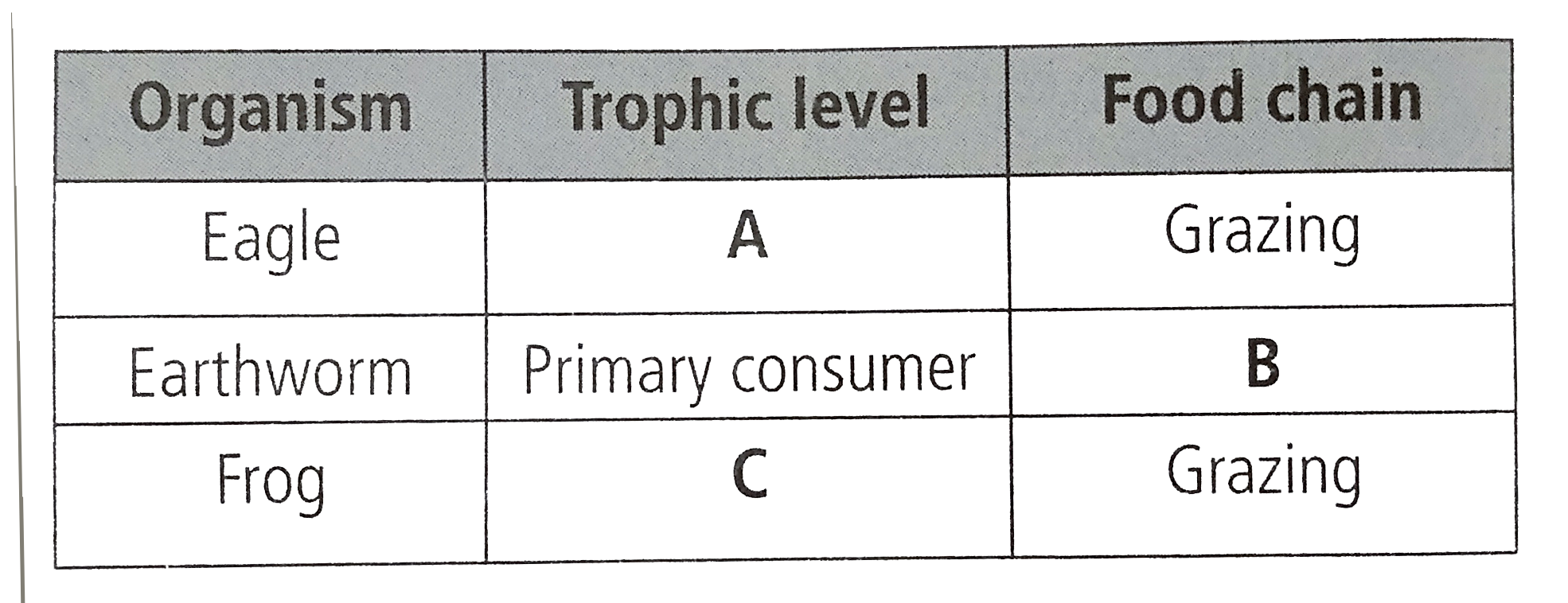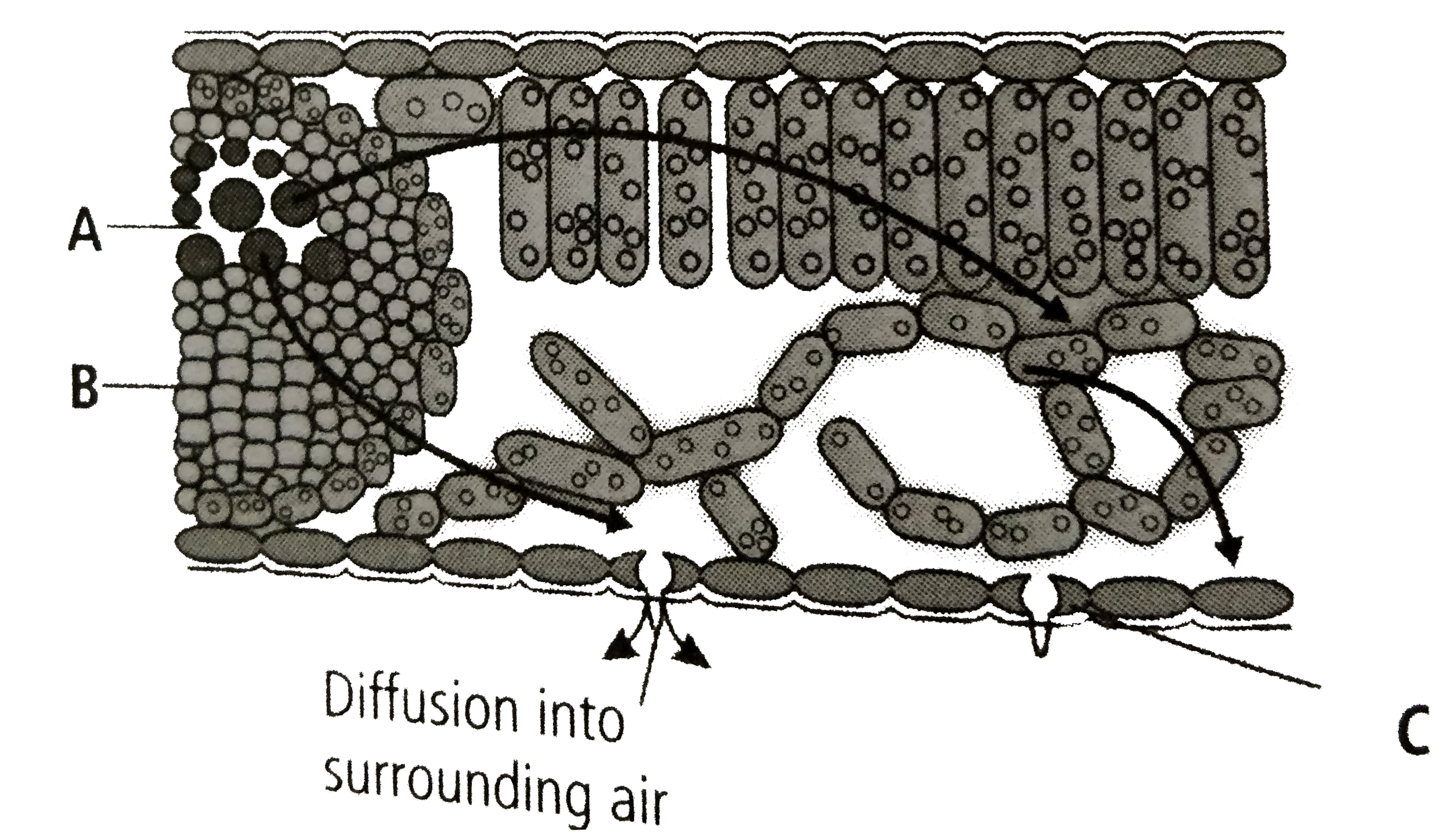X' is the skeleton which is present inside the body of an organism 'Y'.
Select the option which correctly identifies X and Y.
XYBony exoskeletonEarthworm
XYSoft exoskeletonSnail
XYLiquid endoskeletonEarthworm
XYBony endoskeletonSnail
The correct Answer is:C
To solve the question, we need to identify what X and Y are based on the description provided.
1. Understanding the Terms:
- X is described as a skeleton present inside the body of an organism Y.
- Skeletons can be categorized as endoskeletons (inside the body) or exoskeletons (outside the body).
2. Identifying X:
- Since X is a skeleton found inside the body, it must be an endoskeleton.
- There are two main types of endoskeletons: bony endoskeletons (made of bones) and liquid endoskeletons (like those found in some invertebrates).
3. Identifying Y:
- We need to find an organism that has an endoskeleton.
- The question provides examples of organisms: earthworm, snail, etc.
4. Analyzing the Organisms:
- Earthworm: It does not have bones but has a liquid endoskeleton (the fluid inside its body provides support).
- Snail: It has a hard shell (exoskeleton) made of calcium carbonate, not an endoskeleton.
5. Conclusion:
- The only organism from the examples that fits the description of having an endoskeleton (specifically a liquid endoskeleton) is the earthworm.
- Therefore, we can conclude that X is a liquid endoskeleton and Y is an earthworm.
Final Answer:
X = Liquid Endoskeleton, Y = Earthworm
---
- X is described as a skeleton present inside the body of an organism Y.
- Skeletons can be categorized as endoskeletons (inside the body) or exoskeletons (outside the body).
- Since X is a skeleton found inside the body, it must be an endoskeleton.
- There are two main types of endoskeletons: bony endoskeletons (made of bones) and liquid endoskeletons (like those found in some invertebrates).
- We need to find an organism that has an endoskeleton.
- The question provides examples of organisms: earthworm, snail, etc.
- Earthworm: It does not have bones but has a liquid endoskeleton (the fluid inside its body provides support).
- Snail: It has a hard shell (exoskeleton) made of calcium carbonate, not an endoskeleton.
- The only organism from the examples that fits the description of having an endoskeleton (specifically a liquid endoskeleton) is the earthworm.
- Therefore, we can conclude that X is a liquid endoskeleton and Y is an earthworm.
X = Liquid Endoskeleton, Y = Earthworm
Topper's Solved these Questions
- BODY MOVEMENTSBOOK - MTG IIT JEE FOUNDATIONCHAPTER - BODY MOVEMENTSEXERCISE - EXERCISE - FILL IN THE BLANKS
10 Videos
- BODY MOVEMENTSBOOK - MTG IIT JEE FOUNDATIONCHAPTER - BODY MOVEMENTSEXERCISE - EXERCISE - TRUE OR FALSE
10 Videos
- BODY MOVEMENTSBOOK - MTG IIT JEE FOUNDATIONCHAPTER - BODY MOVEMENTSEXERCISE - NCERT SECTION
13 Videos
- AIR AROUND US BOOK - MTG IIT JEE FOUNDATIONCHAPTER - AIR AROUND US EXERCISE - OLYMPIAD/HOTS CORNER
10 Videos
- COMPONENTS OF FOOD BOOK - MTG IIT JEE FOUNDATIONCHAPTER - COMPONENTS OF FOOD EXERCISE - OLYMPAID/HOTS CORNER
9 Videos
Similar Questions
Knowledge Check
Select the option which correctly identify the given plant.
 AHelianthusBCommelinaCRosaDGossypium
AHelianthusBCommelinaCRosaDGossypiumSelect the option that correctly identifies A,B and C in the table.
 AABCTop carnivoreDetritusSecondary consumerBABCTop carnivoreDetritusPrimary consumerCABCSecondary consumerGrazingSecondary consumerDABCScavangerGrazingProducer
AABCTop carnivoreDetritusSecondary consumerBABCTop carnivoreDetritusPrimary consumerCABCSecondary consumerGrazingSecondary consumerDABCScavangerGrazingProducerRefer to the given figure and select the option which correctly identifies A,B and C
 AABCXylemPhloemStomatal poreBABCPnloemXylemStomatal poreCABCPnloemXylemGuard cellDABCXylemPnloemGuard cell
AABCXylemPhloemStomatal poreBABCPnloemXylemStomatal poreCABCPnloemXylemGuard cellDABCXylemPnloemGuard cell
Select the option correctly identifies I, II,III and IV.

View SolutionRefer to the given figure.

Select the option which correctly identifies (i-iii).
View SolutionRefer to the given figure and select the option which correctly identifies A, B and C.

View SolutionSelect the option where alphabets are correctly identified

View SolutionStudy the given table :

Select the option that correctly identifies any two of them.
View Solution


